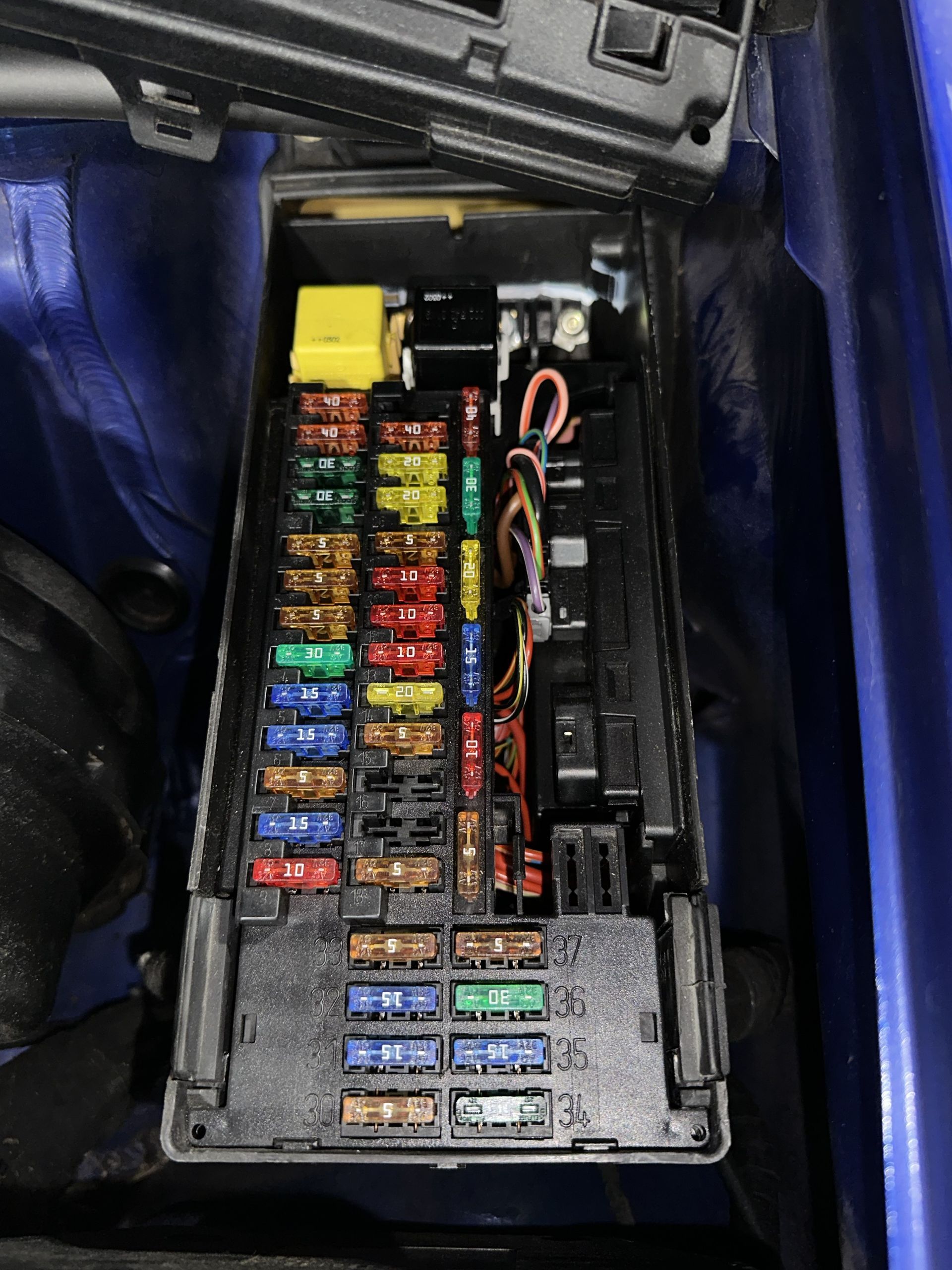My Garage
You do not have My Garage enabled.
Section under maintenance.
We accept the following buy now, pay later services: Klarna, Affirm, and Sunbit.
Loading ...
Missing business hours data / Error occurred while getting the data.
MY GARAGE
You do not have My Garage enabled.
Section under maintenance.
We accept the following buy now, pay later services: Klarna, Affirm, and Sunbit.
Hours of Operation:
Loading ...
Missing business hours data / Error occurred while getting the data.
★
★
★
★
★
Review
MY GARAGE
You do not have My Garage enabled.
Section under maintenance.
Blog

February 24, 2025
Your vehicle's tires are crucial for safety, performance, and efficiency. When you get a flat or notice tire damage, the big question arises: “Should you repair or replace the tire”? While some punctures can be fixed, others require a full replacement to keep you safe on the road. Here’s how to know when it's time for a new tire instead of a simple repair. WHEN CAN A TIRE BE REPAIRED? A tire can usually be repaired if: The puncture is less than 1/4 inch in diameter. The damage is located on the tread and not the sidewall or shoulder. There is no visible sidewall bulging or structural damage. The tire has not been driven on while flat, which can cause internal damage. For small punctures within the tread area, a professional plug and patch repair can extend the tire's life. However, if the damage goes beyond these criteria, replacement may be necessary .
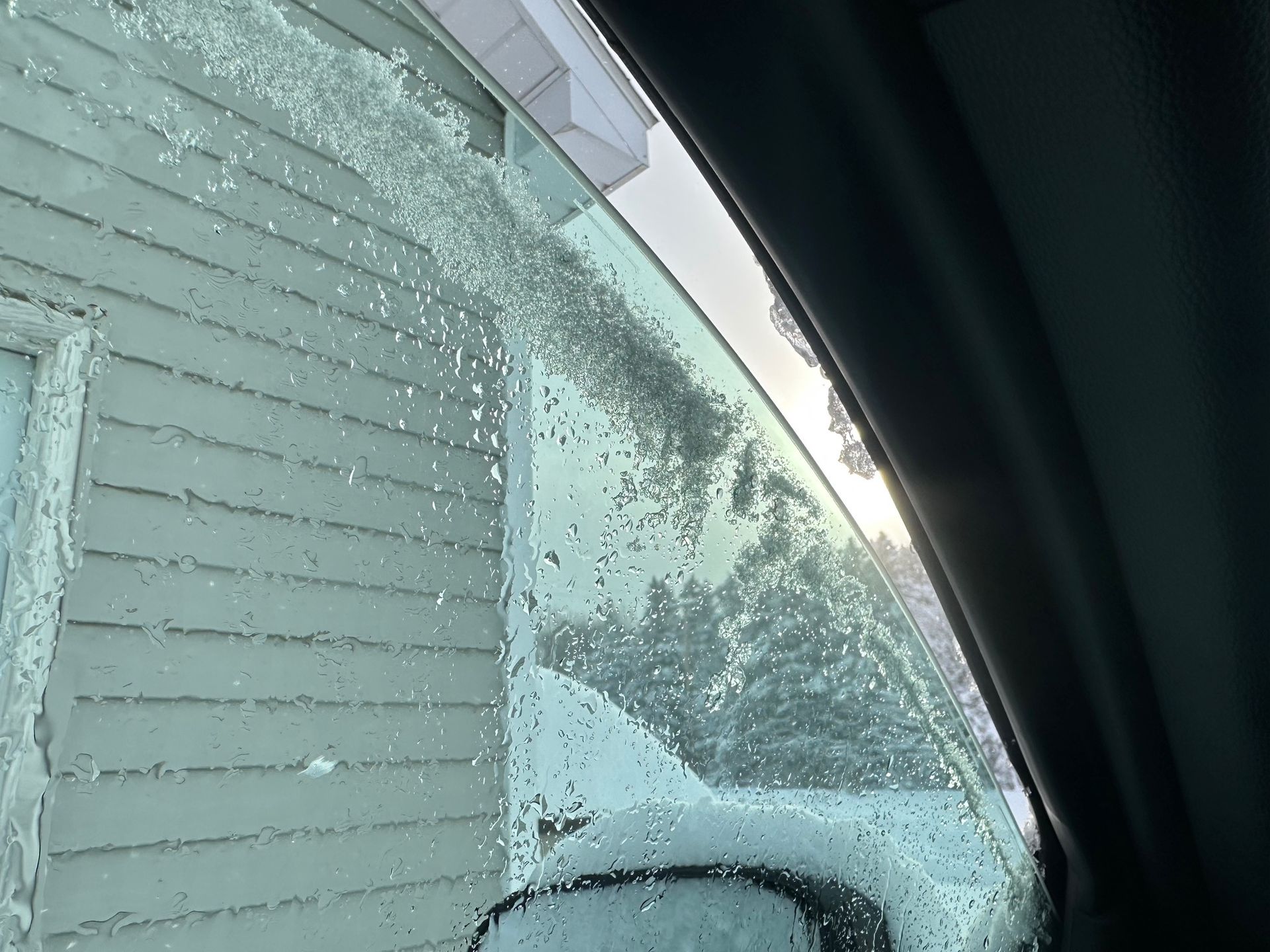
January 28, 2025
Fogged-up car windows can be both an annoyance and a safety hazard. Whether you're dealing with chilly mornings or rainy afternoons, understanding why your windows fog up and how to prevent it can save you time and frustration. Let's dive into the causes and solutions to keep your visibility clear and your driving safe. Why Do Car Windows Fog Up? Window fog is caused by moisture in the air inside your car condensing on the cooler glass surfaces. This typically happens in two situations: Cold Weather : Warm, humid air inside your car comes into contact with cold windows, causing condensation. Rainy Weather : Increased humidity from wet clothing, umbrellas, or damp seats adds extra moisture to the air, fogging up the windows. How to Prevent Car Windows From Fogging Up Use Your Defroster Turn on your car's defroster and set it to the highest heat setting. Warm air holds more moisture, and the defroster will help evaporate the condensation on your windshield. Activate your air conditioner while defrosting. The A/C helps remove moisture from the air.
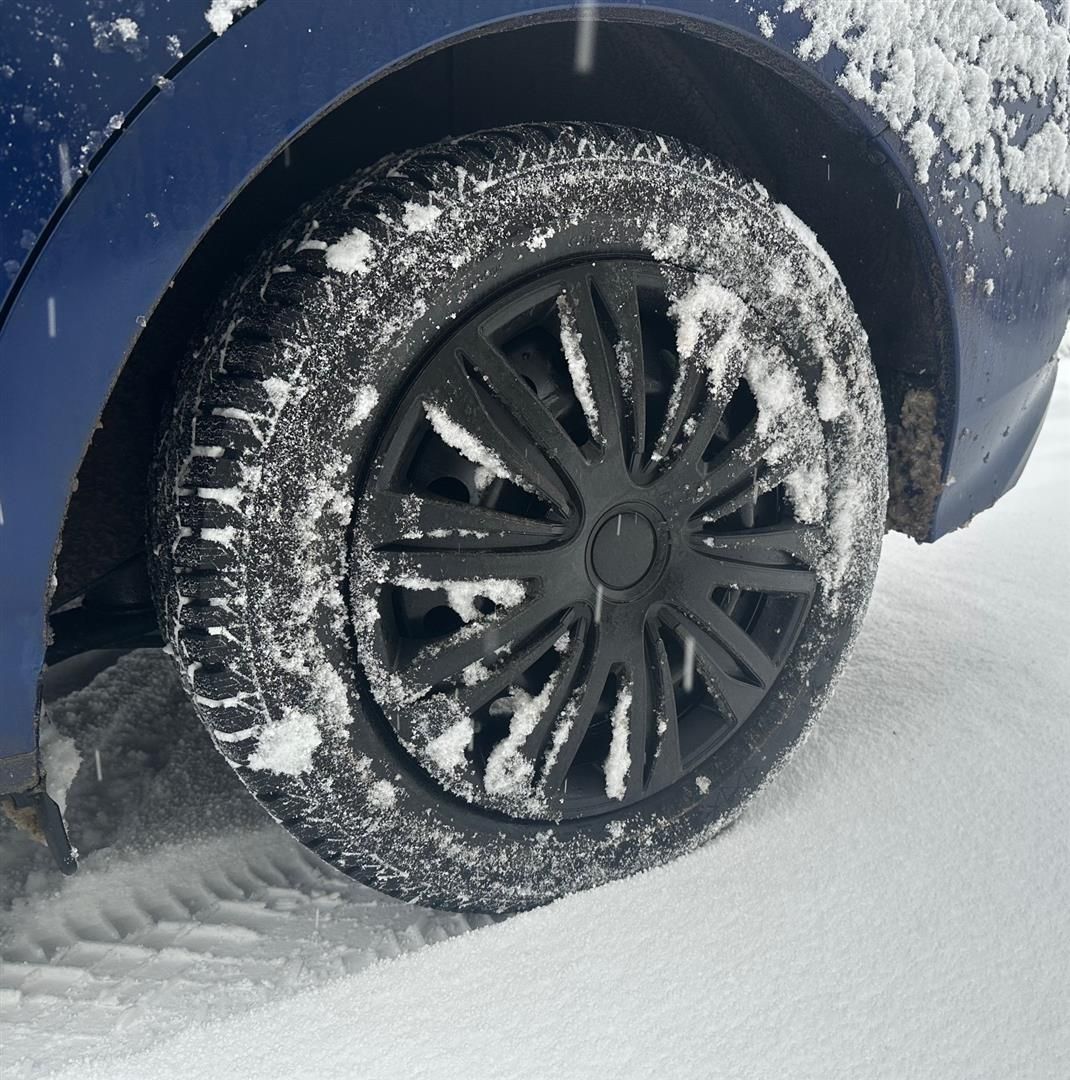
January 2, 2025
Keeping your tires properly inflated is crucial for your safety and your car’s performance. If your tire pressure drops, you might be asking, “What should I do now?” This guide answers your questions and gives clear, actionable steps to handle low tire pressure quickly and safely. Common Reasons Why Tire Pressure Drops If you’re wondering, “Why does my tire pressure keep dropping?” here are the most common causes: Cold Weather: Air contracts in cooler temperatures, reducing pressure. Small Punctures: Objects like nails or screws can create slow leaks. Wear and Tear: Over time, tires naturally lose air. Damaged Valve Stems: A faulty valve can lead to air leaks. Knowing the cause helps you decide whether to refill or seek professional repair.
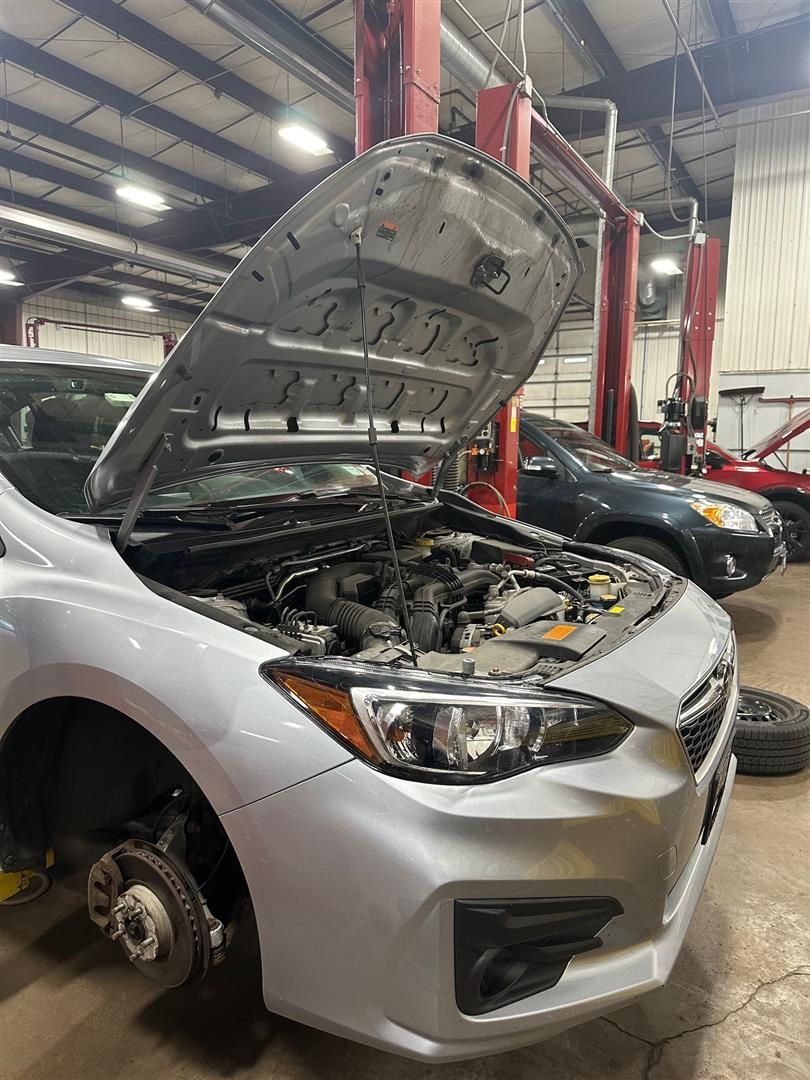
January 2, 2025
If you’ve ever asked yourself, “What driving habits are ruining my car?” or “Why is my car wearing out so quickly?”—you’re in the right place. Bad driving habits can cause hidden damage to your vehicle over time, leading to expensive repairs. Here’s a simple breakdown of common driving mistakes that could ruin your car and tips on how to avoid them. 1. Ignoring the Check Engine Light Ever wondered, “Why is my check engine light on?” Ignoring it can lead to bigger problems. That light is your car’s way of saying something’s wrong. Get it checked as soon as possible to avoid costly repairs.
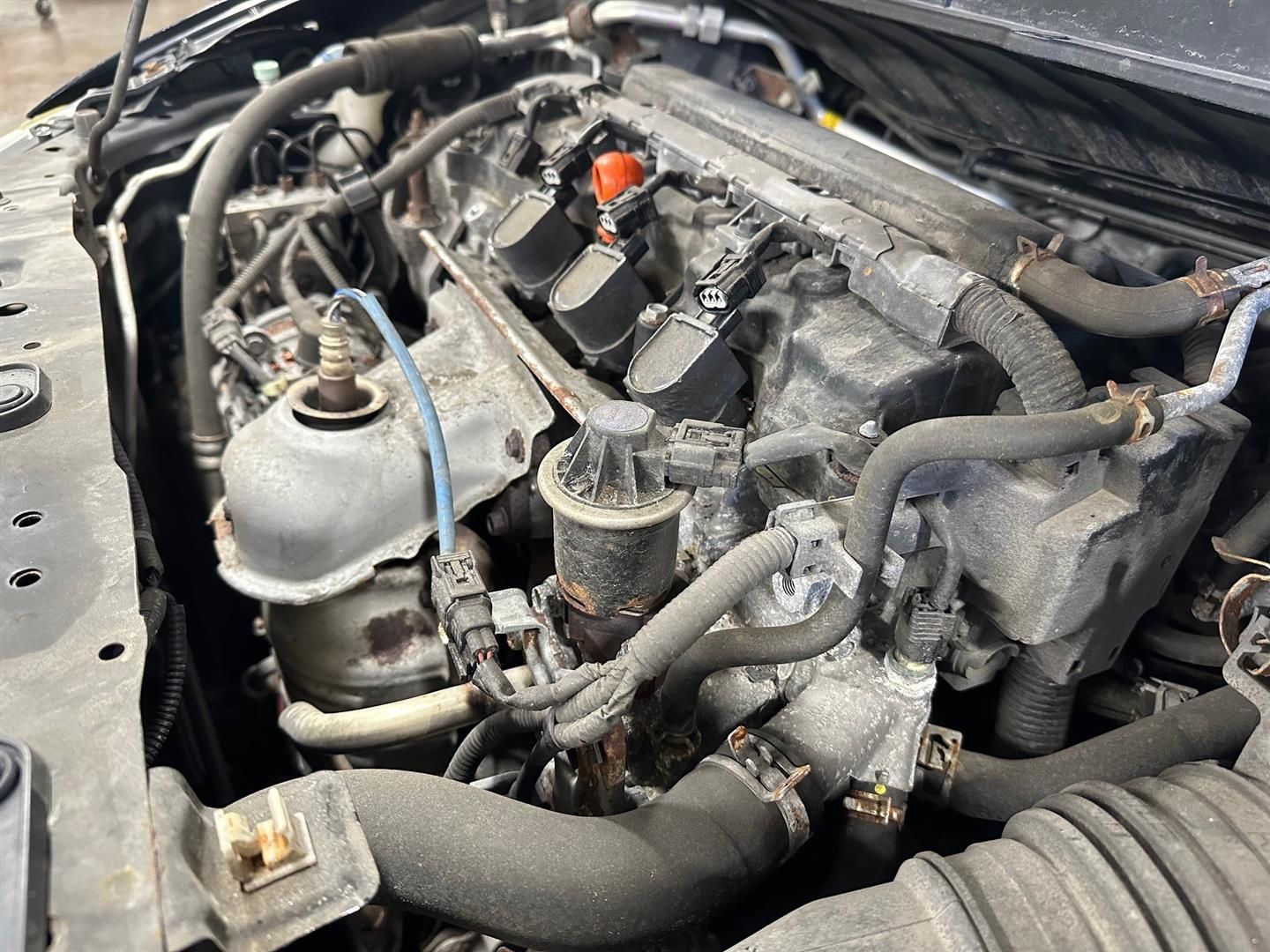
September 24, 2024
When you’re looking for a vehicle or researching engine types, you might ask yourself, "What’s the difference between gasoline and diesel engines?" Both gasoline and diesel engines power vehicles, but they work in very different ways. Let’s break down the key differences to help you decide which is better for your needs, especially when it comes to fuel efficiency, maintenance, and performance.
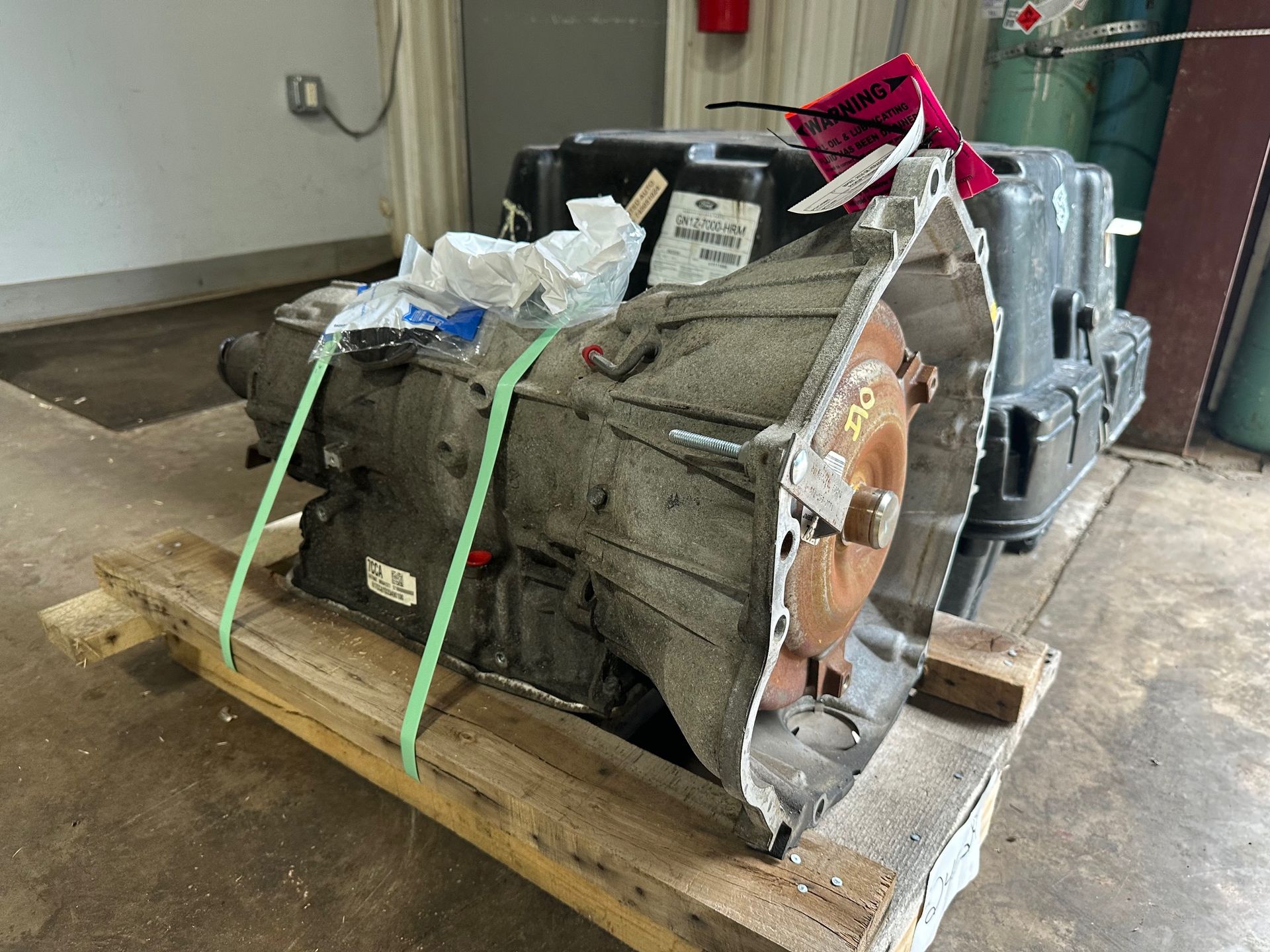
September 15, 2024
When selecting a vehicle, one important choice is between a Continuously Variable Transmission (CVT) and a traditional automatic transmission. Both have their advantages, and understanding the differences can help you make an informed decision. Let’s explore the key aspects of each type to help you determine which is better suited to your needs.
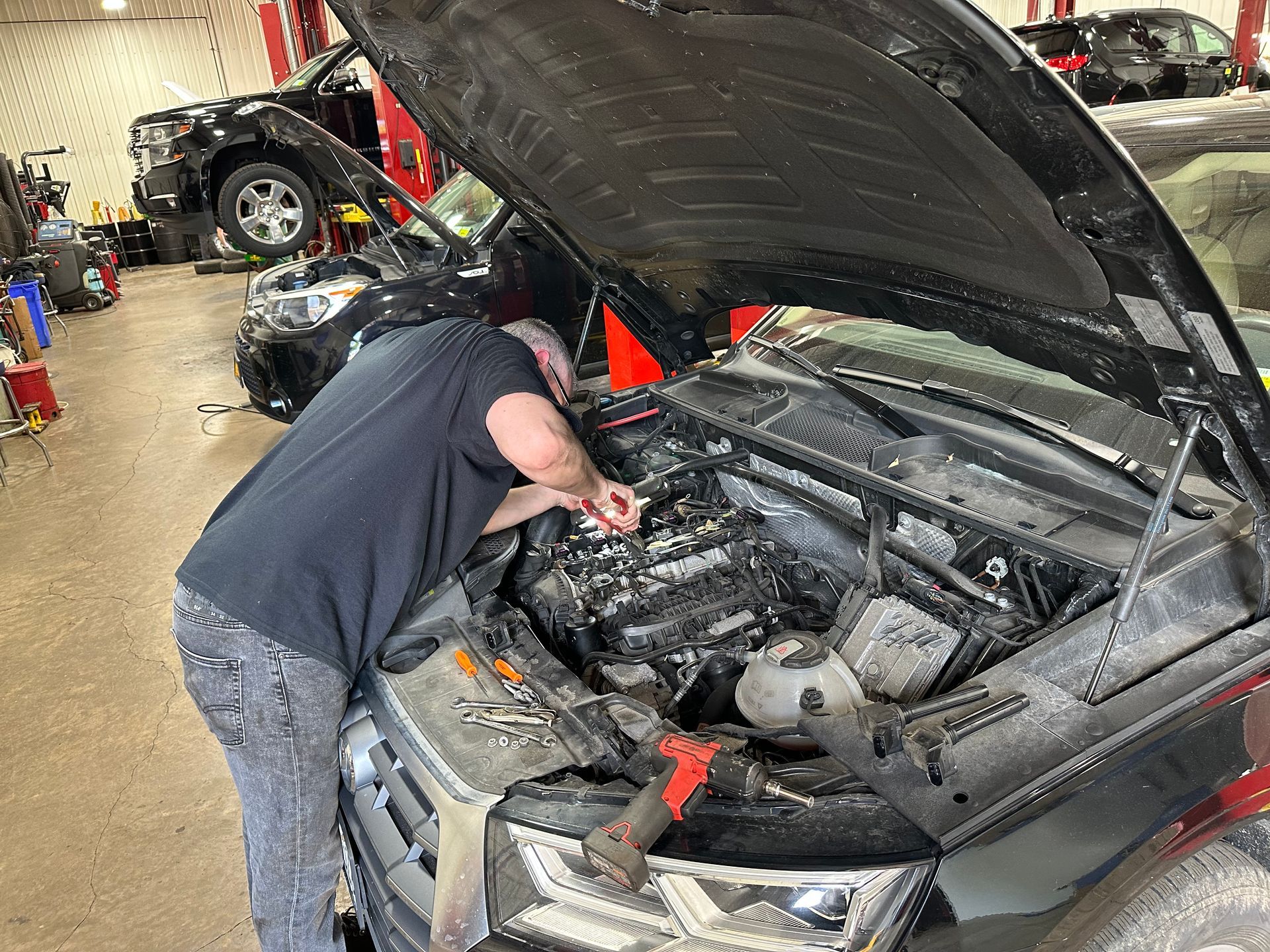
August 26, 2024
Car insurance is designed to protect you financially in the event of an accident or other damage to your vehicle, but understanding when repairs are covered can be confusing. Not all repairs fall under the umbrella of your insurance policy. Knowing what is covered and what isn’t can help you avoid surprises when you need to file a claim.
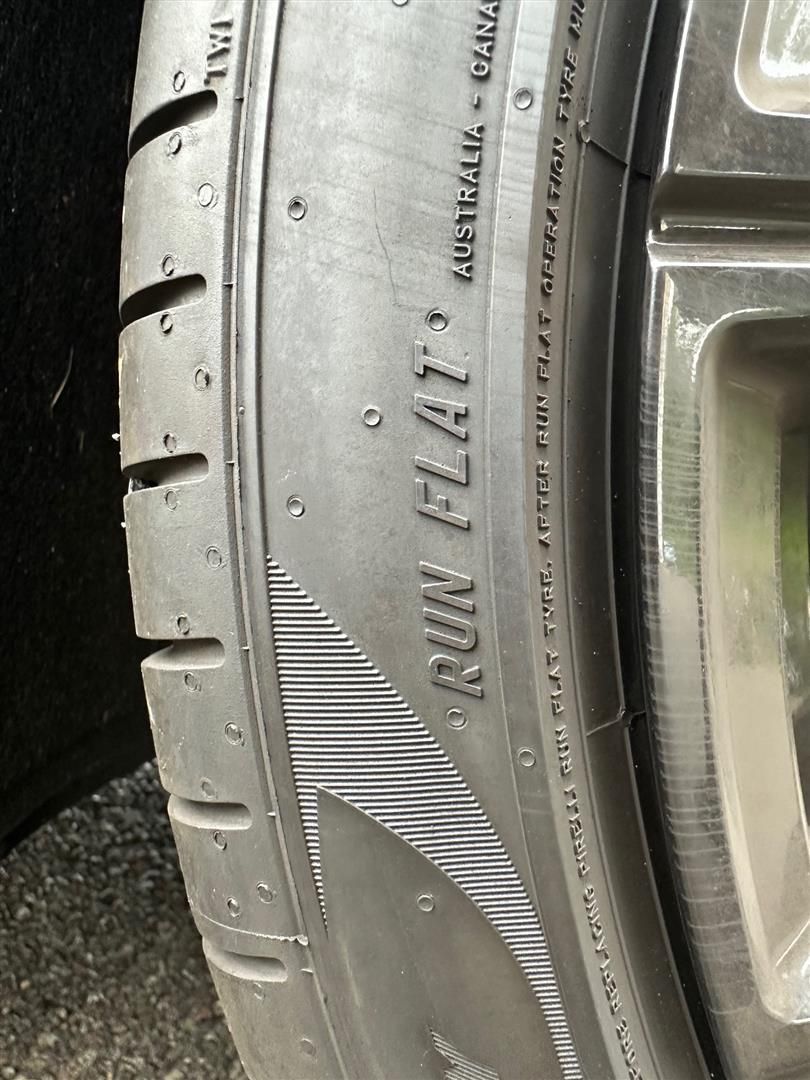
August 12, 2024
When it comes to vehicle safety and convenience, tires play a crucial role. Traditional tires have been the standard for years, but they come with a significant drawback. If they get punctured, you're left with a flat tire, often at the most inconvenient times. This is where run-flat tires come into play. But what exactly are run-flat tires, and how do they differ from conventional ones? Let's dive into the details.



Schedule Your Visit
Let us know how we can help you. Request an online appointment using the form below.
Having trouble finding us?
Call us: (315) 638-0281
Our Address:
7361 State Fair Blvd., Baldwinsville, NY 13027
Hours Of Operation:
Loading ...
Missing business hours data / Error occurred while getting the data.
Pre-Owned Vehicle Sales: Saturday by Appointment
Loading ...
Missing nap lines data / Error occured while getting the data.

